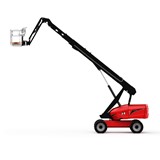ELEVATED CONSOLIDATION
State-of-the-art vibration equipment delivers outstanding results for elevated rail line precast segments
When it comes to producing quality finished concrete, ensuring the correct level of concrete consolidation is achieved during pouring is paramount. Whether it’s precast or poured in situ, eliminating voids – particularly around reinforcing steel – helps to ensure that the finished concrete will perform as intended in both the long- and short-term.
Not surprisingly, the more complex the geometry or intricate the reinforcing, the more challenging it is to achieve the required level of consolidation and ensure that the concrete flows around all of the reinforcing without leaving any voids.
One of the most commonly-used and most effective methods of achieving concrete consolidation is to use vibration – either in the form of vibrating ‘pokers’ which are inserted directly into the freshly poured concrete or, for precast and some formed concrete elements, external vibrators which are attached to the exterior surfaces of the mould or formwork.
While the concept of using vibrators for concrete consolidation is well established and been used successfully for well over half a century, there’s a lot more to it than might first meet the eye. Mark Thompson, General Manager with OLI Australia – one of Australia’s leading suppliers of specialist vibrators for concrete construction and part of the global WAMGROUP & WOLONG MOTOR CO, who have been at the forefront of vibration technology since 1961 – explained:
“With concrete vibration, it’s not only about the design and placement of the vibrators within the concrete or on the moulds or formwork, it’s also about the intensity and frequency of the vibrations being generated. Different frequencies not only change the speed of the vibrations, they also effect how far the vibrations travel through the concrete or across the mould or formwork.”
“Importantly, the effect of the vibrations is also directly impacted by a number of external factors, including the slump, viscosity and contents of the concrete mix, temperature, hydration, the total mass of the concrete, the complexity of the reinforcing and, in the case of precast components, the geometry of, and materials used for the mould or formwork,” he said.
“What’s more, many of these variables will continue to change as the pour progresses and the total mass increases,” he added. “There really is quite a lot more to it than you might think.”
With that in mind, OLI produces an array of vibrators to suit the full range of applications: from electric high-frequency vibrators (both with and without in-built frequency converters) through to pneumatic and electric vibrators for use with concrete moulds and formwork (both wooden and steel), as well as a range of high performance, multi-output high frequency variable speed drives.
Not surprisingly, OLI’s capabilities, experience and extensive range were critical factors in the company being awarded the tender to supply the concrete vibration equipment for the purpose-built precast plant established for the Level Crossing Removal Program from Caulfield to Dandenong in suburban Melbourne.
Forming part of Victoria’s largest-ever rail infrastructure project, the Caulfield to Dandenong Level Crossing Removal Project is managed by the Level Crossing Removal Authority (LXRA), which was established in 2015 by the Victorian Government as part of its commitment to the elimination of 75 dangerous and congested level crossings across Melbourne by 2025. The project also includes upgrades or construction of more than 20 train stations, laying many kilometres of new track and making associated rail improvements.
Over the past three years, a total of 18 train stations have been built and 29 level crossings have been removed, including nine level crossings between Caulfield and Dandenong, which have been replaced with a series of elevated rail sections.
With a total cost of $1.6 billion, the Caulfield to Dandenong Level Crossing Removal Project included the establishment of a major concrete precasting facility in Pakenham, in Melbourne’s outer south-east.
Constructed in 2016, the Pakenham facility was responsible for the production of over 2,000 precast concrete segments for the decks of the elevated ‘sky train’ sections. The individual sections were then transported to each of the 3.2km long project locations along the rail line, where they were then connected into spans ready for lifting into position. Each span typically consisted of between 8 and 14 precast concrete segments and weighed up to 420 tonnes.
As one might expect with a project of this size and scope, the challenge of minimising the impact of construction works on both road and rail traffic, as well as local residents, resulted in extremely tight production turnaround times and construction deadlines. In short, precast segment production had to keep up with the construction schedule while still meeting the extremely stringent engineering and quality specifications.
With that in mind, the Pakenham precasting facility was established with a focus on quality, productivity and, most importantly, reliability.
In keeping with the focus, the facility’s designers selected OLI vibration technology to provide the required concrete consolidation within the precast segments. The facility incorporated over 100 high frequency electric vibrators, which were attached to the precast moulds and controlled by 4 multi-output high frequency variable speed drives. These units allowed the operators to remotely control both the frequency and intensity of the vibrations during each of the pours. OLI also provided more than 40 high frequency pokers for the project.
“We’re very proud to have been involved with what is such an iconic project,” Mark Thompson said.
“We were able to supply and install all of the equipment on an extremely tight-frame, and then follow-up with operator training and on-site support if they needed it,” he added.
Perhaps most importantly, all of the equipment performed as it should. There were no production delays, all of the precast segments were delivered and installed on schedule, and the new ‘sky rail’ sections are all now operational between Caulfield and Dandenong.
For further information, please visit: www.olivibrators.com.au


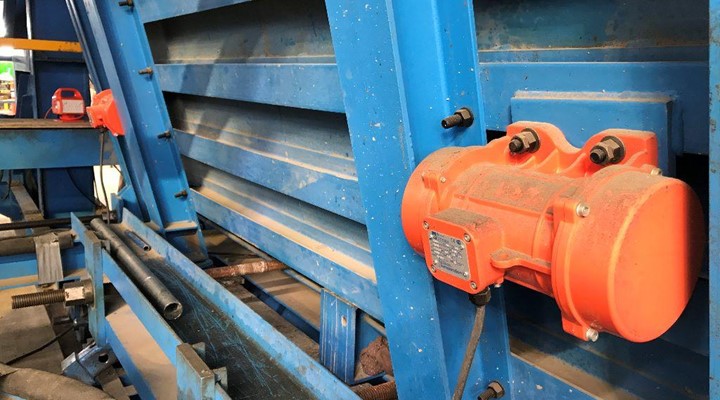
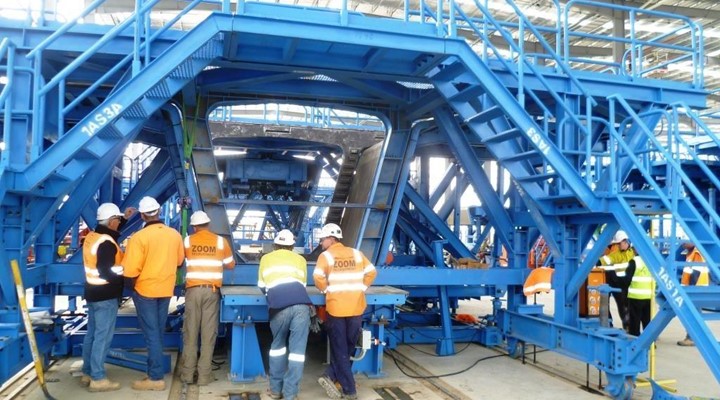
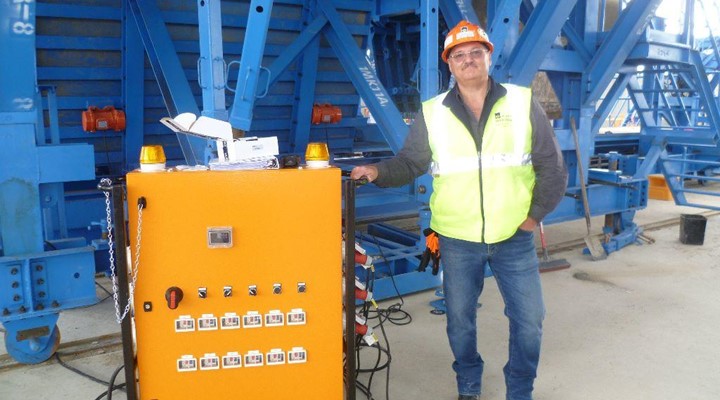
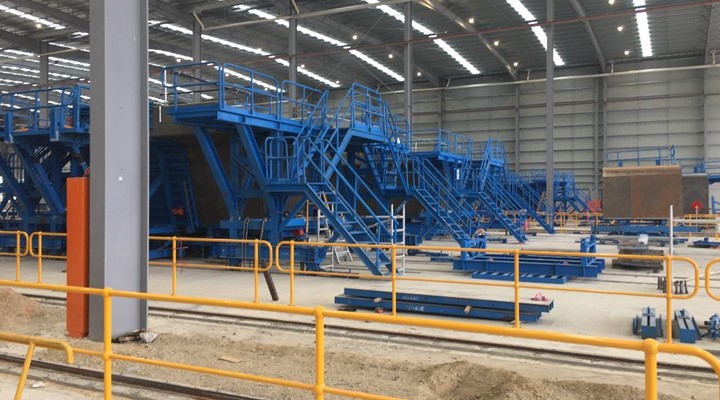
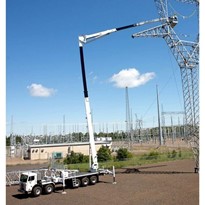
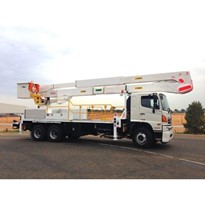
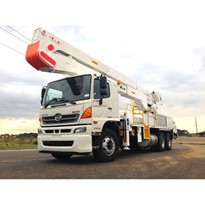
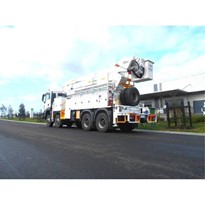
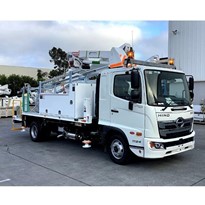
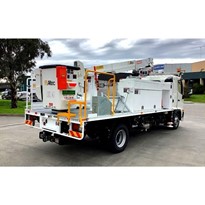
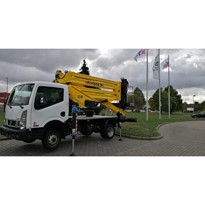
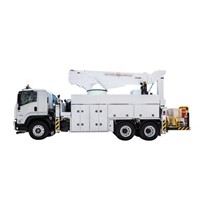
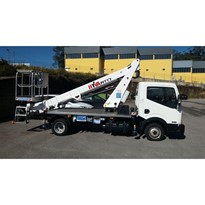
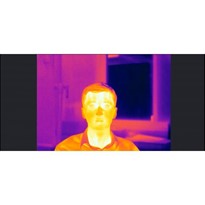
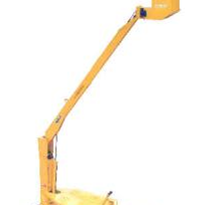
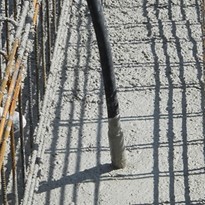
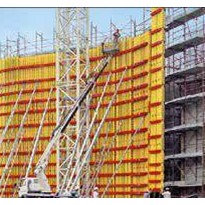
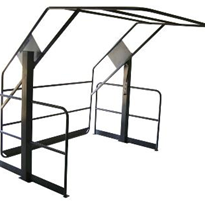
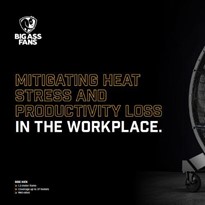
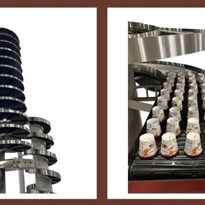
-205x205.jpg)
